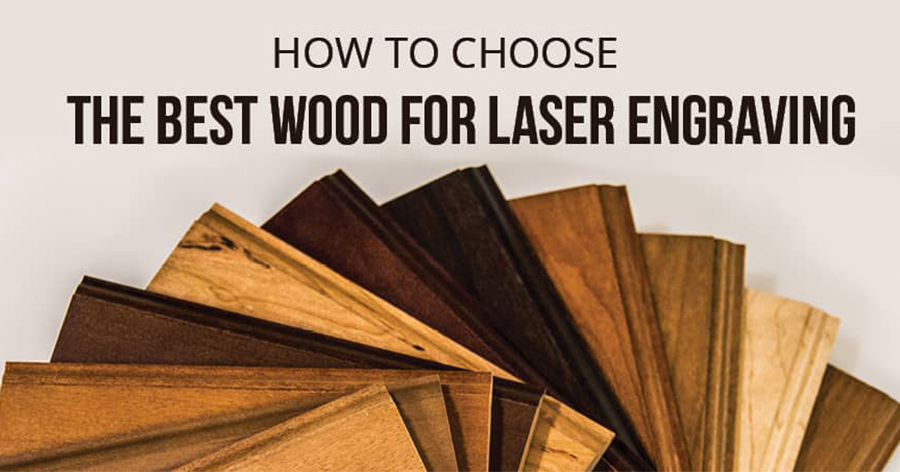How to Select the Best Wood for Laser Engraving
If you’re planning to make wood your go-to material for laser engraving, or if you’re looking to experiment with creating laser-engraved or laser-cut wood products, it’s essential to consider a few key factors. Here’s what you need to know to choose the best wood for your laser engraving projects:
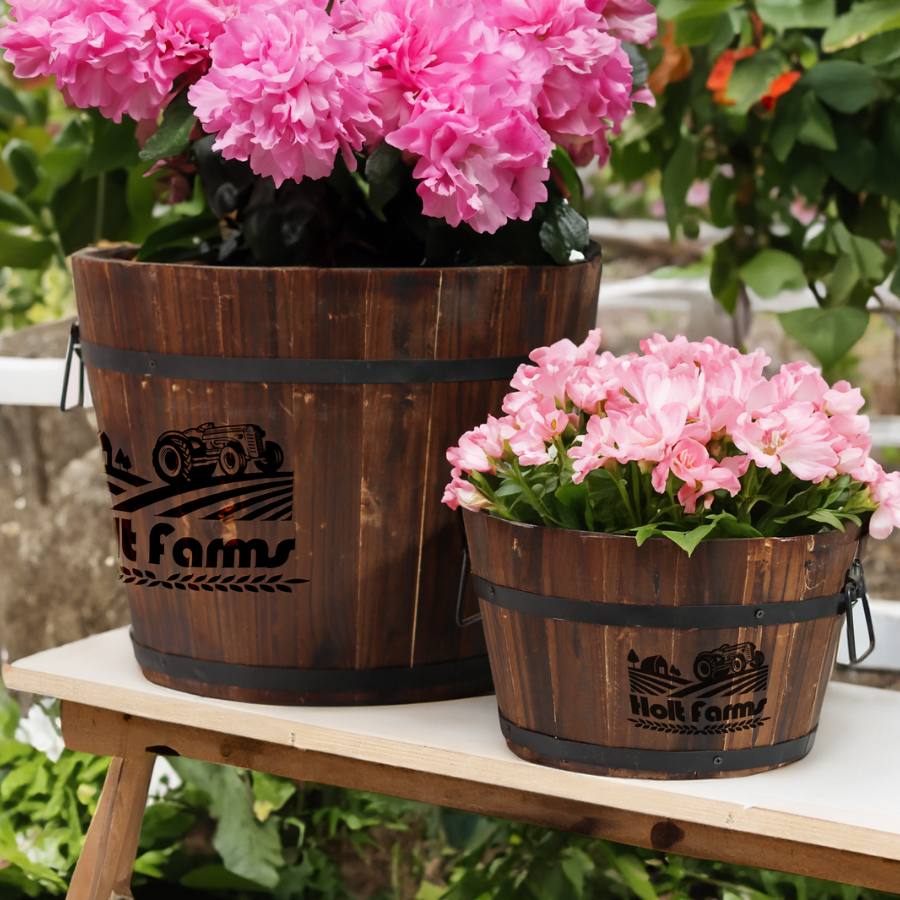
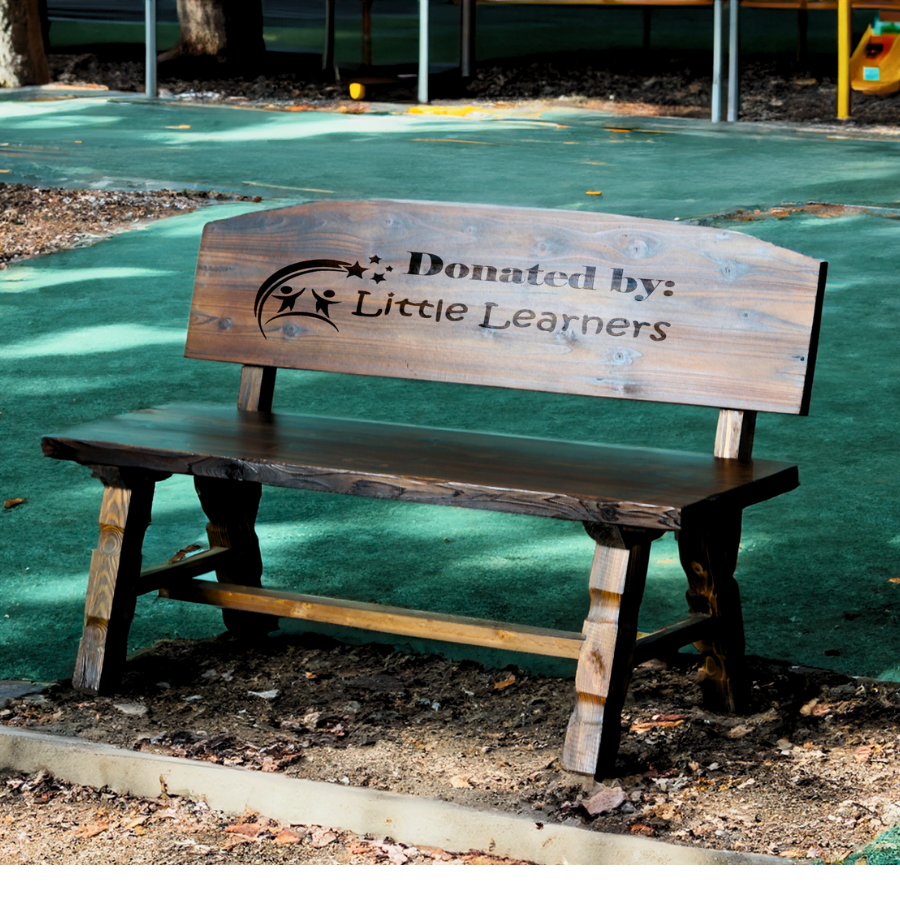
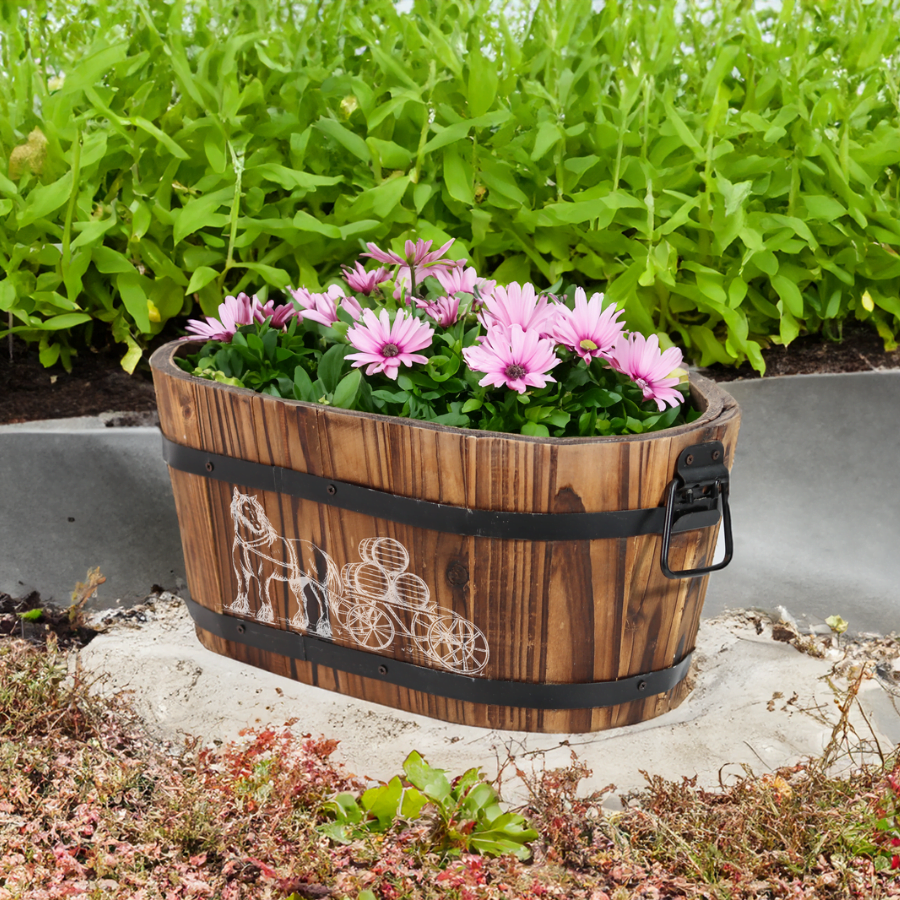

1. Consider the Resin Content
The resin or sap content in wood significantly affects the burn result. Woods with higher resin content, such as Cherry or Alder, tend to produce darker burns, while woods with lower resin content yield lighter burns. Selecting the right resin content is crucial for a specific burn intensity.
To check the resin content without wasting material, use your wood laser etching machine to engrave your business logo on a hidden wood part. This allows you to test the burn quality while subtly branding your product.
2. Opt for Lighter Wood
The base color of wood plays a significant role in the final appearance of laser-etched wood products. Unlike paper, wood’s color can’t be altered post-engraving, so it’s essential to choose a wood with a consistent and lighter color for best results. Avoid using dark woods for laser engraving detailed images or text, as they can obscure the laser etched and engraved marks. However, dark woods can be excellent for laser-cutting wood patterns or letters contrasting with lighter backgrounds. Lighter woods, on the other hand, develop a deep, dark burn when laser engraved, giving you clear and well-defined results.
3. Choose Wood with Minimal Streaking
While streaks on wood can be beautiful in furniture, they can detract from the clarity of engraved designs, especially with photos. Soft wood, with its minimal streaking and lighter color, often produces cleaner and more aesthetically pleasing engravings. When selecting wood for laser engraving, look for options with a smooth, consistent grain and minimal streaking to maintain the detail in your work.
4. Select the Right Wood Species
Many wood species are suitable for laser engraving, each with its characteristics that affect the laser engraving process. Using a laser cutter is crucial for achieving high-quality cuts and engravings. Various aspects of laser cutting, including materials ideal for the process and the required settings, should be considered. Sufficient laser power settings are essential for effective and efficient cutting and engraving. The characteristics of various types of wood, such as softness, hardness, and wood grain structure, impact the laser cutting process. Utilizing laser technology offers significant benefits for detailed wood-cutting and engraving tasks. Here’s a breakdown of some top choices:
a. Basswood: The Beginner’s Favorite
Basswood is a soft, light wood that is easy to engrave and cut. Its fine, even texture allows for detailed and precise engravings. Basswood is also relatively inexpensive, making it a popular choice for beginners.
Benefits:
Easy to engrave and cut
Fine, even texture
Affordable
Ideal Uses:
Detailed artwork
Custom signs
Personalized gifts
b. Birch: The Versatile Workhorse
Birch is a hardwood known for its balance between durability and ease of engraving. Its smooth surface and consistent grain make it ideal for intricate designs and larger projects.
Benefits:
Durable and sturdy
Smooth surface
Good contrast for engraving
Ideal Uses:
Decorative items
Furniture accents
Corporate Awards
c. Maple: The High-Quality Standard
Maple is a durable hardwood that provides a beautiful finish. Its tight grain structure produces high-quality engravings with excellent detail and contrast, making it perfect for premium products.
Benefits:
Durable and long-lasting
High-quality finish
Excellent detail and contrast
Ideal Uses:
High-end gifts
Decorative plaques
Custom kitchenware
d. Cherry: The Elegant Choice
Cherry wood is celebrated for its rich color and elegant appearance. With a delicate, straight grain and smooth texture, Cherry wood produces detailed and aesthetically pleasing engravings that darken and gain character over time.
Benefits:
Rich, dark color
Elegant appearance
Smooth texture
Ideal Uses:
Fine art pieces
Luxury items
Commemorative plaques
e. Plywood: The Cost-Effective Option
Plywood is a versatile, cost-effective choice widely used in laser engraving. Made of multiple layers of wood veneer, it offers strength and stability and is available in various grades and thicknesses.
Benefits:
Cost-effective
Strong and stable
Available in various grades
Ideal Uses:
Prototyping
Educational projects
Signage
Understanding Wood Types for Laser Engraving
When embarking on laser engraving projects, it’s essential to understand the different types of wood available and how they can impact your results. The two primary categories of wood are hardwood and softwood, each with unique characteristics that influence the engraving process.
Hardwood vs. Softwood: Key Differences
Hardwood comes from deciduous trees like oak, maple, and cherry. These trees shed their leaves annually, and their wood is known for its dense and intricate grain pattern. This density makes hardwoods more durable and resistant to damage, which is ideal for long-lasting projects. However, this same density can make hardwoods more challenging to work with, requiring more laser power to achieve the desired engraving depth and detail.
On the other hand, softwood is derived from coniferous trees such as pine and spruce. These trees retain their needles year-round and have a softer cellular structure. Softwoods are generally less expensive and easier to work with, making them a popular choice for beginners. However, they may not offer the same level of durability as hardwoods. The softer nature of these woods means they require less laser power to engrave, but they can also be more prone to damage and wear over time.
Understanding these differences is crucial for selecting the right wood for your laser engraving projects. By choosing the appropriate type of wood, you can ensure that your engravings are both beautiful and durable.
Factors to Consider When Choosing Wood
Selecting the best wood for your laser engraving projects involves more than just choosing between hardwood and softwood. Several other factors, such as resin content and wood properties, play a significant role in determining the quality of your engravings.
Resin Content and Its Impact on Laser Cutting
Resin content is a critical factor when choosing wood for laser cutting. Woods with high resin content, such as pine and fir, tend to produce a darker etch. The resin burns and darkens more easily under the laser, creating a more pronounced contrast. However, these woods may require more laser power to cut through effectively, as the resin can create additional resistance.
Conversely, woods with low resin content, such as cherry and maple, produce a lighter etch. These woods require less laser power to cut, making them more efficient for detailed work. Understanding the resin content of your chosen wood can help you optimize your laser cutting settings, ensuring you achieve the desired results without unnecessary wear on your laser machine.
Wood Properties and Their Effect on Laser Engraving
Beyond resin content, other wood properties significantly impact the outcome of your laser engraving projects. The grain pattern of the wood, for instance, can affect the appearance of the engraving. Woods with a straight grain pattern, such as cherry and maple, tend to produce clean and consistent engravings. These woods allow for precise detailing, making them ideal for intricate designs and fine text.
In contrast, woods with a curved or irregular grain pattern, such as walnut and oak, may result in a more textured and varied engraving. While this can add a unique character to your work, achieving uniform results may also make it more challenging.
Another crucial factor is the density of the wood. Denser woods, like oak and maple, require more laser power to engrave effectively, which can lead to more wear on your laser machine over time. Softer woods, such as pine and basswood, are easier to engrave but may not provide the same level of detail and durability.
By considering these wood properties, you can select the best wood for your laser engraving projects, ensuring professional-looking results that meet your needs. Understanding the characteristics of different wood species allows you to make informed decisions, optimize your laser engraver’s performance, and achieve the highest-quality engravings.
Why is AP Lazer ideal for Engraving Wood species?
Beyond selecting the best wood for your projects, you’ll also want the best laser engraver for wood. With many laser machines on the market, what sets AP Lazer apart?

Our patented open-architecture design allows you to engrave materials of nearly any size or weight. Whether working with large furniture or bulky materials, our removable laser top enables you to engrave directly on wood flooring or other substantial wood surfaces. This flexibility means larger engravings and more significant profits for your business, allowing you to offer services that your competitors can’t.
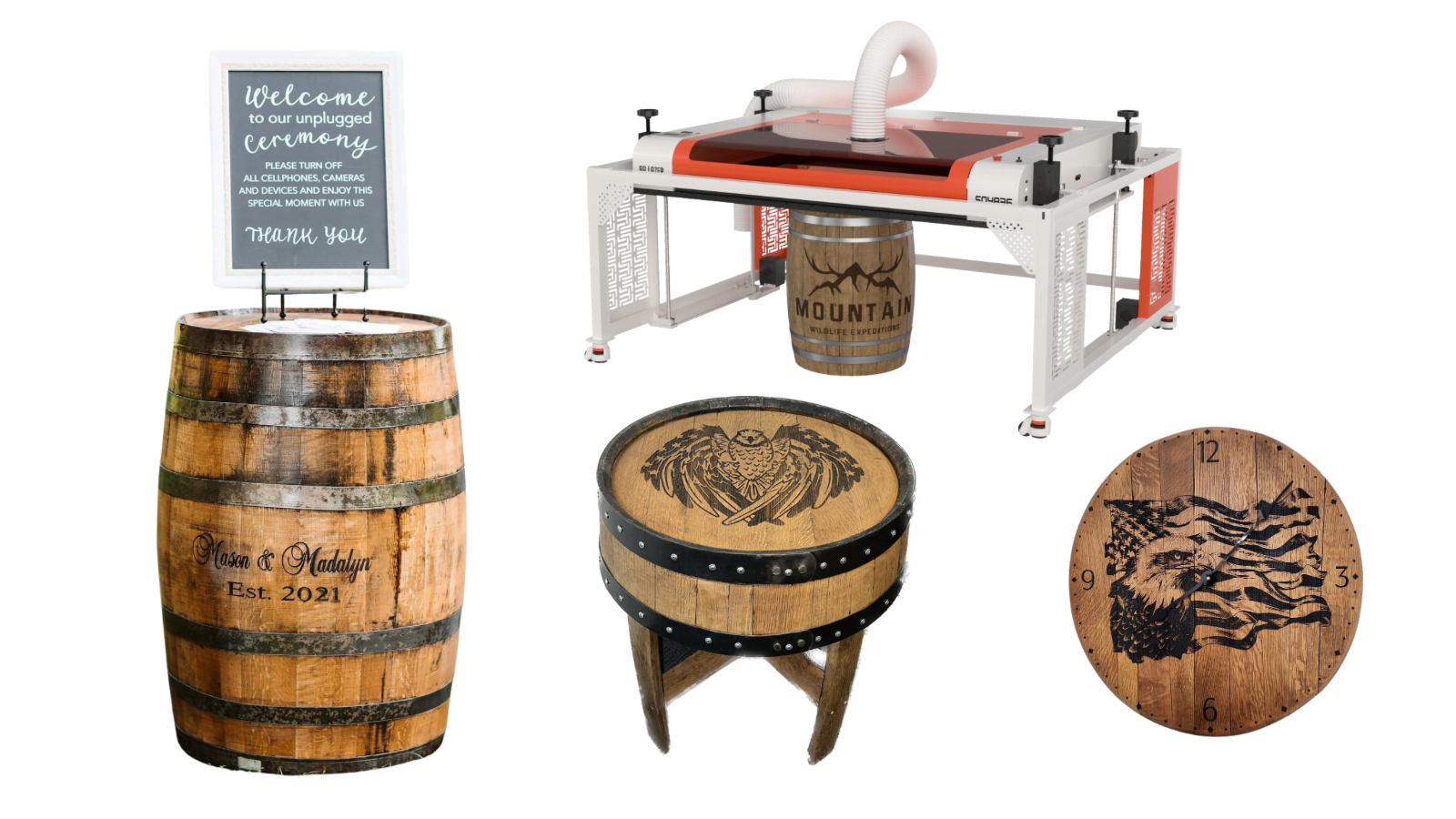
Our wood laser engraving machine is designed to integrate seamlessly with your existing machinery, offering a high ROI, low operating costs, and ease of use. With AP Lazer, you can personalize wood products with logos, photos, and other customized artwork, adding immense value through personalization.
Unlocking Opportunities in the Oversized Wood Laser Engraving Market for B2C and B2B

The oversized wood product laser engraving market is booming in both B2C and B2B sectors, offering immense opportunities for businesses to personalize large wood items such as furniture, signage, and home décor. With a versatile wood laser engraving machine, entrepreneurs can cater to consumer demand for custom wood pieces that add a personal touch to homes, events, or corporate spaces.
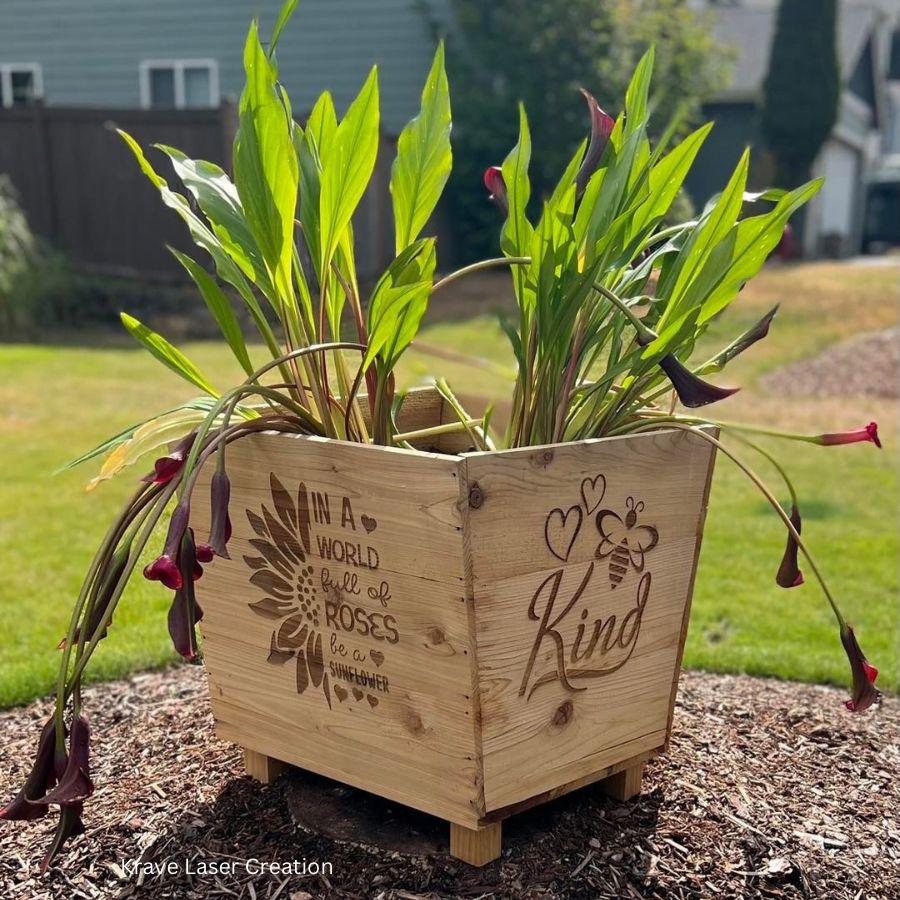



For businesses, the ability to engrave logos, branding, and intricate designs on oversized wood products opens doors to partnerships with interior designers, retail stores, and the hospitality industry. Investing in a wood laser engraver allows businesses to enter a lucrative market that blends craftsmanship with technology, making laser engraving businesses a key player in custom retail and corporate branding.
Diversifying Into New Oversize Object Laser Engraving Projects.
Woodworking businesses can take their craft to the next level by incorporating AP Lazer’s technology to add emotional value to their existing products while expanding into the lucrative market of oversized laser engraving. By offering personalized engravings on items such as furniture, custom signage, or home décor, businesses can create significant products that resonate with customers personally.
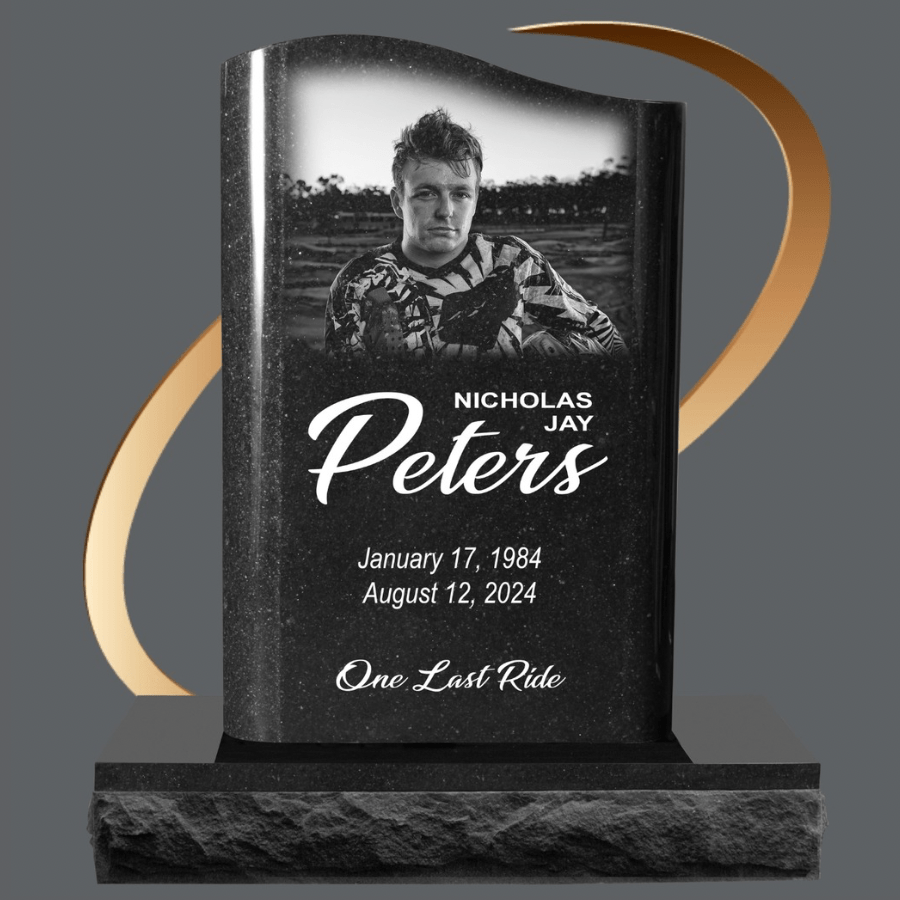

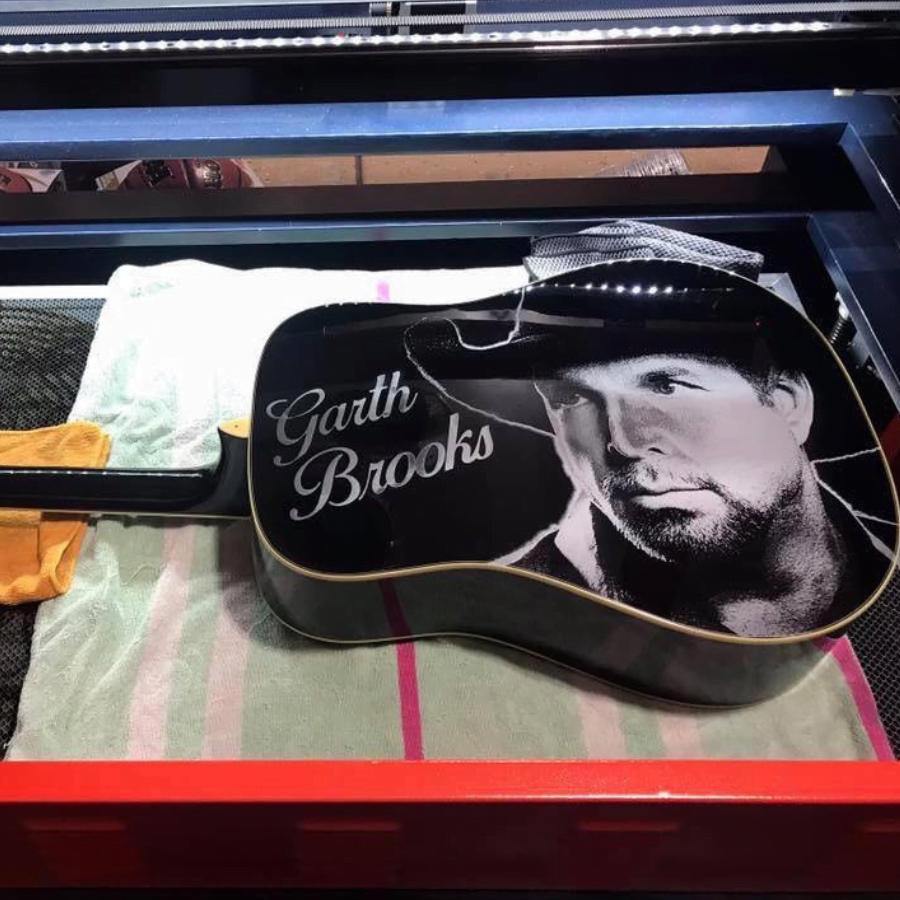
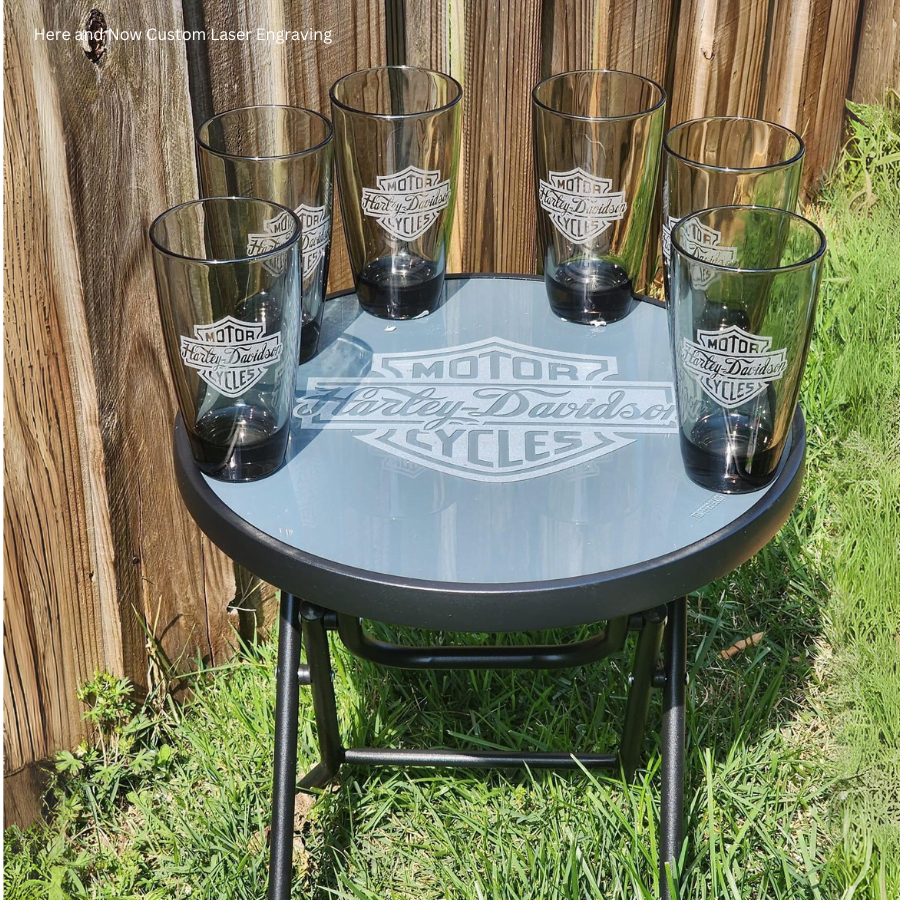
With AP Lazer’s ability to handle large and heavy objects, the Lazer Webstore Carries Different types of Park Benches and diversifies into high-demand projects like engraved doors, tabletops, and large-scale art pieces while catering to its current customer base. This enhances customers’ emotional connection toward the product and opens up new revenue streams in a growing market for personalized and custom woodwork.
Please read this blog for more info: 10 HUGE Objects You’d Never Think Possible with CO2 Laser Engraving.
Ready to start engraving all types of wood products with AP Lazer? Request a quote today!
